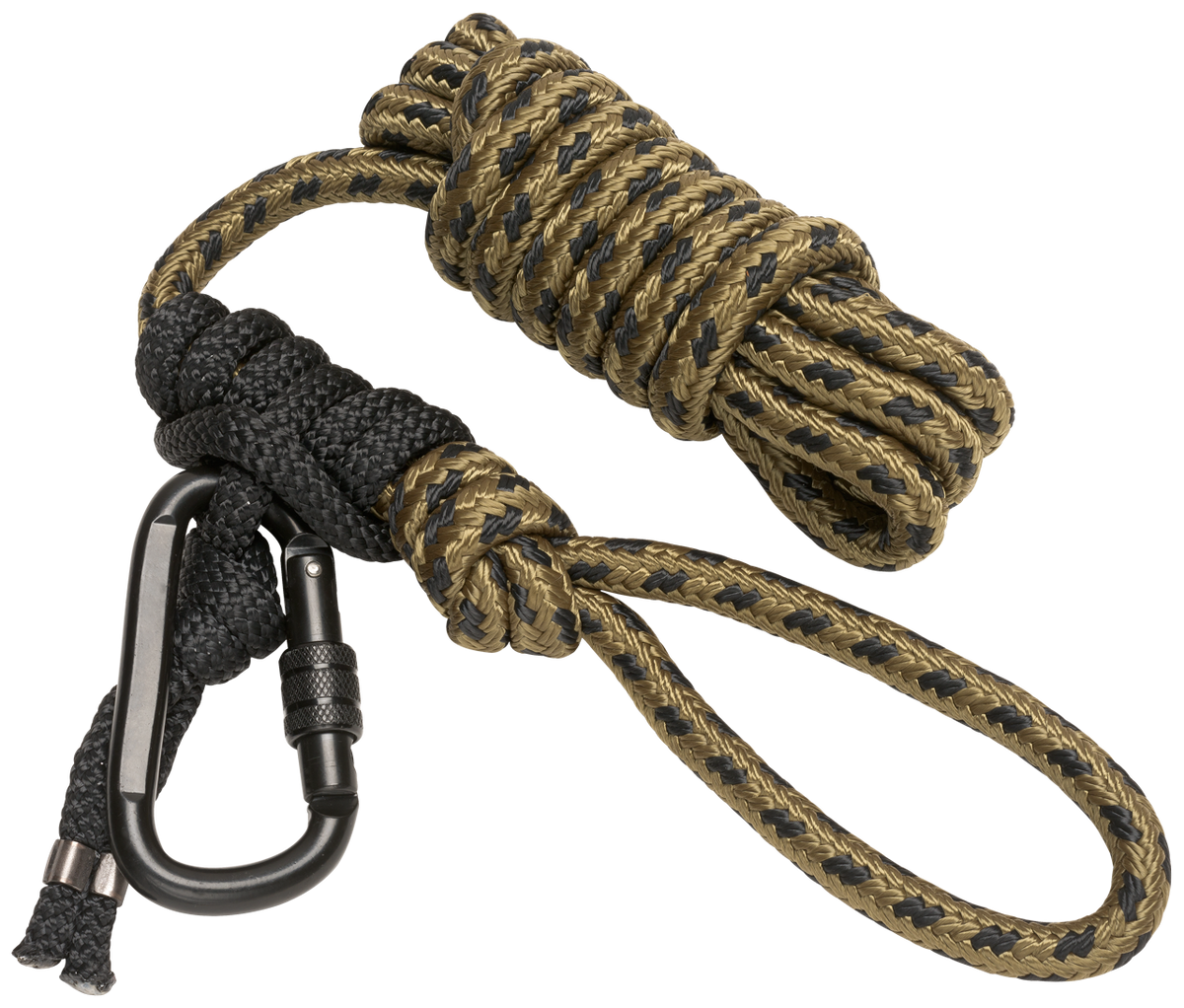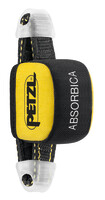Mountain_Life
WKR
- Joined
- Aug 21, 2018
- Messages
- 467
Are you implying that rock climbing harnesses aren't safe?
Follow along with the video below to see how to install our site as a web app on your home screen.
Note: This feature may not be available in some browsers.
Totally 100% true, and excellent advice. So where do you think a hunter SHOULD turn for instruction and info?Be careful up there. A 10 foot fall can be pretty serious, especially alone in the woods, and a surprisingly short fall onto static equipment can break stuff that may seem strong. And beware taking advice on life critical equipment from strangers, online or otherwise.
Any durability concerns? Thinking about snagging one of these. Between it and the Dryad Killdeer.It's the XOP Holiday and has lineman loops. I used one last season and for a tree stand they are great. No way I'd go back to a full body harness. If you're "hybrid" hunting they aren't comfortable to "sit" in (like a saddle) but if you're standing or seated on a seat, it's good to go. I repelled using it most days. It's a simple, light, and well designed minimalist harness.

THE HOLIDAY
Ultralight hybrid harness built for performance A necessity for hunters who insist on a harness with an excellent weight-to-comfort ratio! THE HOLIDAY is a harness built for hybrid hunting. The wide, comfortable waist belt is ideal for all body types and adjustable leg loops adapt to clothing...xopoutdoors.com
... you don’t want any more slack than absolutely needed as you fall.
Be careful up there. A 10 foot fall can be pretty serious, especially alone in the woods, and a surprisingly short fall onto static equipment can break stuff that may seem strong. And beware taking advice on life critical equipment from strangers, online or otherwise.
You never want to fall on static gear, not even 6”. It’ll hurt and break you and as said your gear might even fail. If someone fell 10’ on a static line I’d be surprised if they could even function after the fall. They’d likely be in a world of hurt.
If you want some education search for “fall factor”. Petzl has a lot of great information as far as safety.
The Dangers of Short Static Falls
I was going to post this in response to an ongoing thread but think it deserves more attention. This is a great read for everyone on this forum just as a reminder of how short falls on static systems can be devastating...saddlehunter.com

 huntersafetysystem.com
huntersafetysystem.com
Yeah they don't say if it's static or dynamic so for safety sake I'd assume it's static. If it were me I'd want to be sure I was using a dynamic system. Either replace the rope or get a new setup from Petzl or someone that tells you exactly what it is. This is one from the climbing side of Petzl. They have other models for climbing and other models offered from the Professional line as wellI am guessing the HSS tree rope that I'm using is a static rope..

Rope Style Treestrap
Continental US orders typically delivers in 3-5 business days *Northern and Western State orders may take 4-6 business days. The 9' long Rope Style Treestrap replaces your current tree strap and serves as an effective LifeLine for climbing style tree stands. The Rope Style Treestrap makes...huntersafetysystem.com
Based on what you are saying, I should probably spend the money and get myself a piece of dynamic rope to replace that HSS strap?
Yeah they don't say if it's static or dynamic so for safety sake I'd assume it's static. If it were me I'd want to be sure I was using a dynamic system. Either replace the rope or get a new setup from Petzl or someone that tells you exactly what it is. This is one from the climbing side of Petzl. They have other models for climbing and other models offered from the Professional line as well

CONNECT ADJUST - Lanyards | Petzl USA
Petzl USA. Adjustable single lanyard for climbing and mountaineeringwww.petzl.com
There are also energy absorbers you can add to existing static systems:

ABSORBICA® - Lanyards-and-energy-absorbers | Petzl USA
Petzl USA. Compact energy absorberwww.petzl.com
I’d agree but tell me how many times you have seen or heard of people finding a way to do something stupid, something they never should have done and fooked themselves up? Happens all the freaking time.But…someone tell me where you are going to introduce a true free-fall dynamic drop onto a tether? Not a swing, not a scrape, a true drop. absent a true free-fall drop onto it with your full body weight, it's a non-issue. keep it hitched around the tree above where its anchored to your body, keep it relatively snug, and it'll be fine. This is exactly the same with a full body harness and a sit harness.
@BBob thats a fair point, but throwing a different product at it never eliminates that. At what point is it reasonable to consider a safety tool “fine” when balancing give and take, and looking objectively at the consequences versus likelihood of various problems? Risk=the combination of consequence and likelihood. Bottom line is the equipment works fine if used with a few basic rules that are extremely easy to understand and manage. Reducing the odds of catastrophe in the event of misuse is good, but when theres tradeoffs you have to start looking at what problems are more likely, what problems are inherent in various materials, and which problems are scary but really unlikely. Yes, a dynamic tether will reduce impact if someone finds some way to get above it and whip onto it…but I think thats pretty darn unlikely, and the fact that not a single tether rope sold specifically for tree stand hunting is dynamic, suggests to me that the companies whose name will be on a lawsuit agree. I think “truly hard” falls of the type being referred to in climbing where equipment breaks, just arent really a thing hunting from a tree stand. BUT, a dynamic rope is also more susceptible to rope-on-rope friction from alternately weighting and un-weighting it while in use—dynamic ropes are intentionally not used in some applications for this exact reason. Which danger is more likely to cause a problem on a tree tether? Is the person who is going to somehow create this super hard fall thru extreme negligence going to be aware of how a dynamic rope wears against itself as it stretches repeatedly, inspect it regularly and retire it when it starts to show wear? My guess is probably not.
In this use where creating a truly hard fall would take effort coupled with some very creative misuse, it would not shock me at all if manufacturers would prefer semi-trained people use a non-dynamic tether because they feel the danger from a really hard dynamic fall is negligible, while the damage from friction caused by repeated stretch cycles would be a certainty. Its a matter of picking your poison to minimize the odds of the MOST LIKELY problems happening, without the “solution” introducing new problems.
Adjustable daisies and dynamic tethers and the like have their olace in climbing and theres not really any reason not to use most of them in a tree stand, the point is that they are different applications, and designed to address different needs and risks. Imo it makes sense to objectively look at the true risks and needs of a different application before deciding that the available equipment isnt sufficiently safe, ie a tree stand tether that isnt dynamic, linesmans loops that arent metal, etc.
